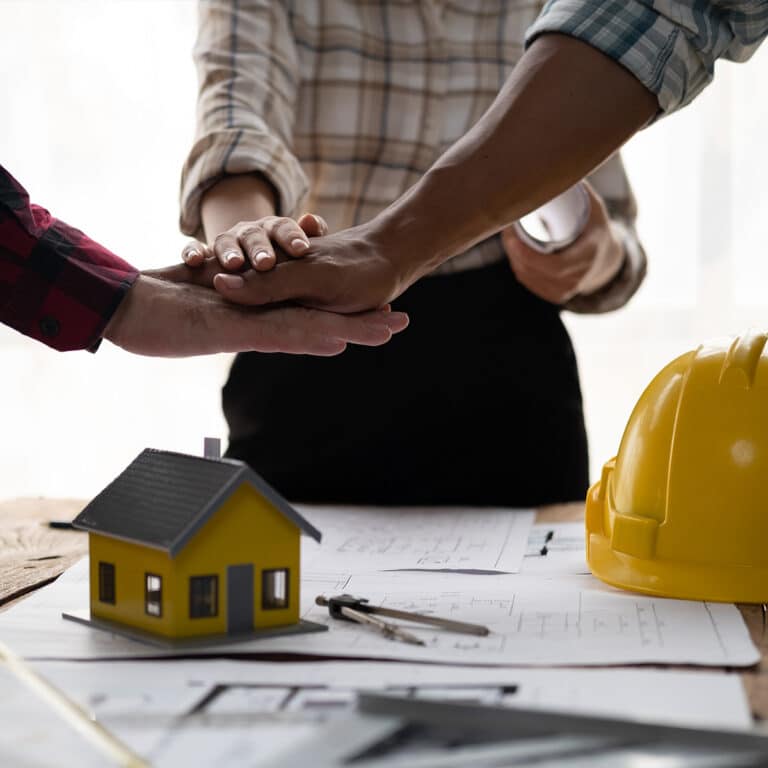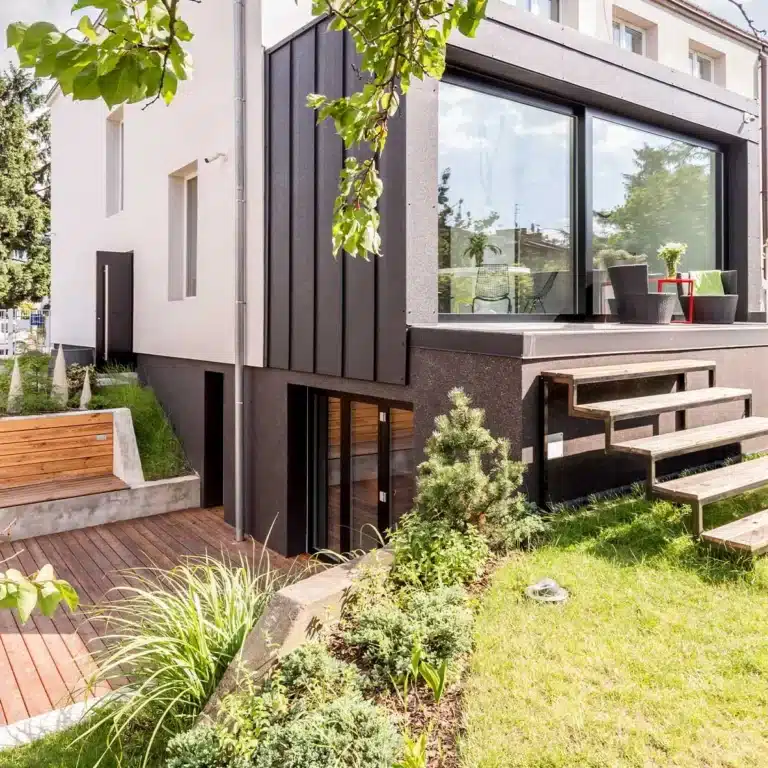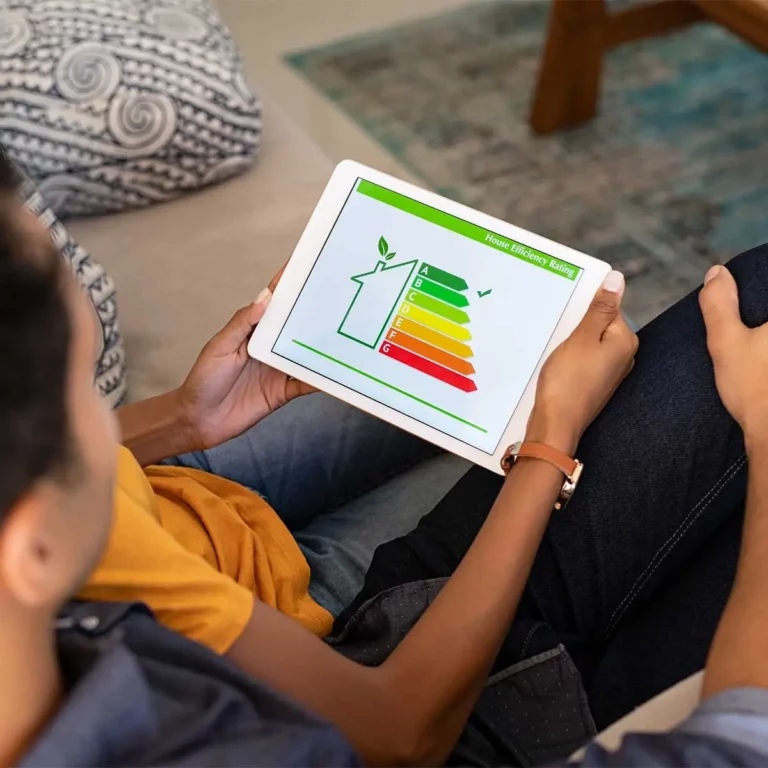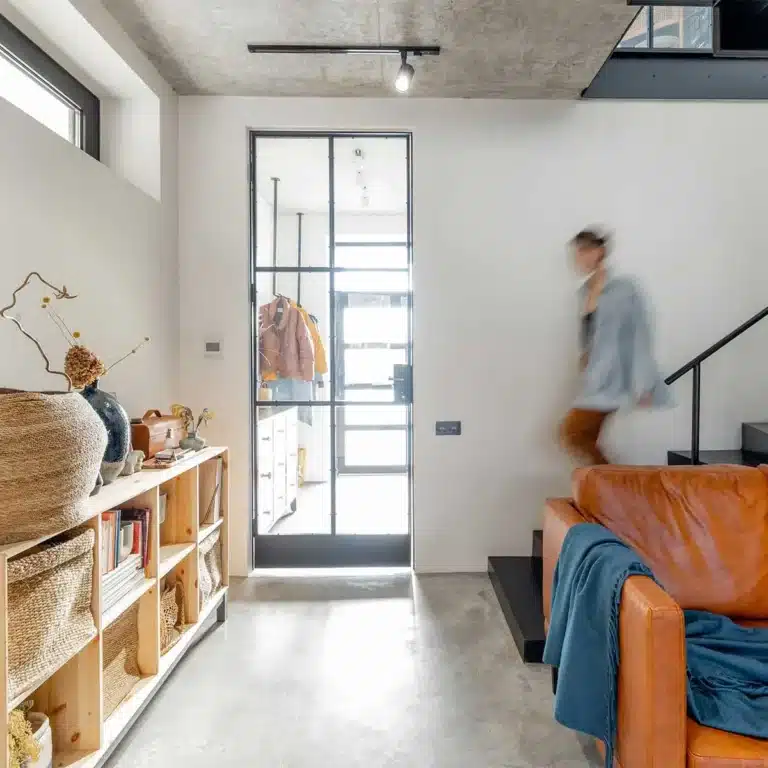In the evolving landscape of contemporary architecture and interior design, room additions symbolize more than just an increase in space. They are emblematic of a homeowner’s adaptation to changing lifestyle needs and personal growth.
The concept of home expansion is no longer confined to merely adding square footage but has evolved into an art that beautifully marries functionality with aesthetics. This transformation is largely driven by innovative trends and sustainable materials that not only shape the physical structure but also positively influence the environment.
Sustainability, once considered as a mere buzzword, has now become a staple in modern room addition strategies. The utilization of eco-friendly materials manifests a conscious effort towards reducing environmental impact while providing long-term benefits such as energy efficiency and durability.
Furthermore, the integration of these sustainable materials with functional designs propels homeowners beyond traditional boundaries, fostering spaces that reflect their unique identities and cater to their specific requirements. These emerging trends in home extension are revolutionizing residential spaces, transforming them into personalized havens imbued with style, comfort, and sustainability.
Sustainable Materials in Home Extension
The canvas of home extension is increasingly being painted with the brushes of sustainable materials, reflecting a contemporary trend that intertwines aesthetics and ecological responsibility.
This approach underscores the growing importance placed on environmental stewardship in architectural design.
Sustainable materials such as reclaimed wood, bamboo, cork, recycled steel, and plant-based polyurethane rigid foam are now at the forefront of eco-conscious construction choices for room addition.
These materials not only contribute to an edifying visual appeal but also offer functional benefits such as durability, energy efficiency, affordability, and lower maintenance needs.
The use of these innovative materials has been catalyzed by advancements in technology and manufacturing processes that have made them more accessible than ever before.
For instance, recycled steel is gaining traction as it offers an equivalent strength to its new counterparts while reducing CO2 emissions during production; bamboo and cork are celebrated for their rapid renewability; plant-based polyurethane rigid foam stands out for its insulative properties enhancing energy efficiency.
Thus this fusion of function with responsibility positions sustainable material choice not merely as a fad but as a crucial part of future-proofing homes against impending climate-related challenges.
The adoption of these practices signifies more than just individual decisions—it represents a collective move towards reshaping our built environment to be kinder to our planet without compromising on style or comfort.
Merging Functionality and Aesthetics
Blending practicality with visual appeal in the design of living spaces presents a compelling challenge, pushing boundaries to evoke feelings of comfort, harmony, and delight.
Contemporary trends in room addition demonstrate a masterful melding of function and aesthetics, utilizing advanced materials and innovative techniques to create environments that are both usable and visually stimulating.
This sophisticated approach often involves the incorporation of natural light through strategic window placement or skylight installations, enhancing the overall ambiance while simultaneously promoting energy efficiency.
Additionally, open floor plans have become increasingly popular for their ability to foster social interaction and their flexibility in accommodating various activities.
Continuing on this trajectory requires a deep understanding of not only current architectural styles but also emerging technologies like home automation systems which can be seamlessly integrated into the design to increase convenience without disrupting aesthetic coherence.
To achieve such an intricate balance between functionality and form, it is crucial to consider factors such as color schemes that inspire specific moods or use of space-saving furniture that doesn’t compromise comfort or style.
The selection process for these elements should reflect careful consideration, demonstrating awareness towards ecological concerns as well as cultural sensitivity.
Thus, merging functionality with aesthetics goes beyond just visual appeal; it becomes an expression of personal values and lifestyle preferences embedded within each design choice.
READ MORE:
https://mrandmrscnr.com/room-addition/room-renaissance-transformative-trends-in-home-expansion/






